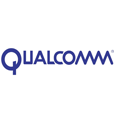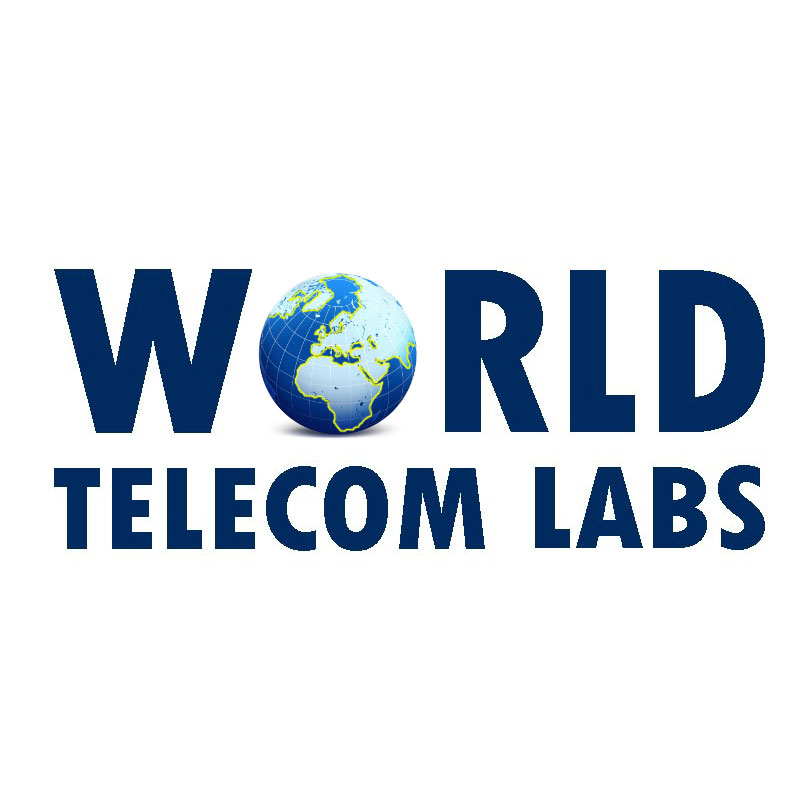 5G has long been touted as a key tool to levelling up connectivity on the continent, but is it all it’s cracked up to be?
5G has long been touted as a key tool to levelling up connectivity on the continent, but is it all it’s cracked up to be?
The digital divide remains a huge issue across Africa, with 74% of the continent’s population remaining unconnected to the internet, according to the GSMA.
“The digital divide in Africa is staggering. The substantial capital expenditure required for 5G deployment means that the return on investment (ROI) is targeted primarily at major towns and metropolitan areas,” says Paul Colmer, EXCO member, Wireless Access Provider’s Association (WAPA). “Paradoxically, this exacerbates the digital divide, especially in outlying regions where the divide is most pronounced, widening the gap even further.”
“While 5G’s primary purpose is certainly not to expand coverage to areas that don’t already have it, it doesn’t have to be one or the other,” reports Abdelkader Najja, managing director Middle East and Africa, BICS. “In some regions where connectivity is more established, 5G promises to open up huge commercial opportunities.
Countries that depend on tourism, like Egypt for example, will need 5G to offer a seamless roaming experience to inbound travellers. Alternatively, regions with a strong enterprise or industry focus will benefit from 5G use cases across industries including logistics, agriculture, or security.”
Select markets throughout Africa, including South Africa, Kenya, and Nigeria, are rolling out 5G networks because the customer bases can afford to purchase these services and finance the costs of building the necessary infrastructure.
“Most of the continent, however, is very price sensitive. In these areas, the goal remains bringing 3G and 4G networks online and giving citizens access to basic online services,” says Vaibhav Magow, vice president, international division, Hughes. “It’s important that reliable connectivity be available to anyone who wants it. Satellite plays a critical role in bridging this gap by backhauling cellular traffic to extend network reach to areas where cable and fibre cannot.”
Money money money
The greatest potential obstacle to consumer 5G adoption and usage in Africa is device cost and availability. According to the GSMA, some 60% of the sub-Saharan African population lives in an area with mobile coverage, but does not use mobile internet, with device affordability the biggest concern.
“The affordability of mobile devices in some parts of Africa is an obstacle to getting paying customers on 4G networks. Unless the price of handsets drops, we expect this to hold true for 5G networks as well,” says Magow.
Very recently we’ve seen an influx of suitable devices on the market at $100, however, this remains well beyond the means of the majority. Moreover, on top of the device cost is 10-30% extra in taxation and duty fees. Many are now calling for an exemption for low-cost devices to enhance uptake and support socioeconomic progress.
Additionally, “given the impact of device affordability on 4G adoption, device financing schemes will likely be necessary to improve affordability,” adds Najja.
Meanwhile, from the MNO viewpoint, Najja reports that the greatest challenge is engaging in 5G investment where the ROI on 4G networks is still not covered: monetisation will be key for this process: “however, the decline in 2G and 3G connections creates an opportunity for network shutdowns and the transfer of resources to 4G and 5G networks.”
“Cost is an issue for both 4G and 5G deployments, but the added costs associated with 5G is the biggest challenge,” agrees Magow. “5G networks need significantly more cell towers compared to 4G networks. While this infrastructure can feasibly be built in big cities with a high density of people, the business case does not hold up in sparsely populated areas. Additional components, like new infrastructure designs and core networks, make 5G even more costly.”
Additionally, “while 5G is technically more energy-efficient than 4G per byte, the power-hungry nature of 5G poses a significant challenge in regions with power shortages and frequent loadshedding, such as South Africa,” says Colmer. And with no solution to grid brownouts and blackouts in sight, power sustainability is expected to remain problematic for the foreseeable.
“The greatest potential obstacle to consumer 5G adoption and usage in Africa is device cost and availability. According to the GSMA, some 60% of the sub-Saharan African population lives in an area with mobile coverage, but does not use mobile internet, with device affordability the biggest concern.”
Rolling out 5G across Africa will also be a big challenge in terms of building out the infrastructure “due to the size of the territory and 5G’s higher bandwidth meaning it has a shorter range than 4G and so requires multiple radio sites to support it,” says Najja. “Since enterprises are the main drivers of 5G Standalone (SA) adoption across
Africa, this means most 5G deployments will be focused on cities and densely populated areas. The rest of the landscape will operate on lower frequencies (reusing 2G/3G) and will offer different 5G coverage, but still 5G.”
Notably, 5G requires a complete change in RAN and the core network: “non-standalone 5G requires an update to the Radio Access Network (RAN) and relies on fully deployed 4G networks, which presents its own set of challenges,” explains Najja. “In contrast, 5G SA demands a complete overhaul of the core networks as well.”
Spectrum, too, has proven a significant limiting factor, with most countries only just beginning to look at policy and spectrum auctions.
“The acquisition of high-demand International Mobile Telecommunication (IMT) spectrum has been a prolonged process, with operators incurring substantial costs,” says Colmer. However, here things are looking up as “more spectrum auctions are anticipated in 2024; and the transition from terrestrial to digital TV has also facilitated the availability of the sub-1GHz band for 5G use.”
5G – the next damp squib?
On the lips of almost every mobile industry professional, 5G is a true stalwart hot topic for operators and service providers. Although constructed around different architecture, 4G and 5G share more similarities than 4G does with 3G.
“5G is more of an evolution and while it offers more advanced connectivity, operators see a lot of additional benefits in more advanced network protocols,” explains Najja.
“It makes 5G networks more efficient with better network provisioning, resource allocation and advanced features like network slicing. This translates into greater cost efficiency which will help deliver faster return on investment for operators and should support further 5G rollout across the operator’s region.”
Further, from a market share point of view, 5G is a fantastic boon for operators: “in markets where there is significant demand for fast, low-latency connectivity, operators with 5G networks can afford to attract consumers with better average revenue per user (ARPUs) and become more profitable,” says Magow. “In the enterprise segment, these operators will also be able to pursue new customers in the professional services vertical that depend on latency-intensive cloud applications to support the flexibility of remote work.”
However, according to Colmer, “operators stand to gain relatively little by prioritising 5G over 4G, aside from retaining clients who still believe in the initial hype surrounding 5G…”
For Africa’s consumers, 5G offers higher quality connections – more speed, more bandwidth, greater reliability: “while in some countries like South Africa or Egypt, there is a growing demand for this, the difference between 4G and 5G is far more significant when it comes to enterprises,” says Najja. “We’ve already seen this play out in other markets around the world – with the benefits and use cases available to businesses driving most of the adoption and growth of 5G SA. Across Africa, 5G could support businesses with its higher data speeds and greater capacity. It will enable the deployment of large-scale IoT solutions and provide low-latency communications for real-time data processing in developing cities and regions. For enterprises and industries, this will mean more efficient operations and the unlocking of new applications and services.”
Colmer, however, remains unconvinced about the achievements of 5G, both on the continent and abroad.
“Initially hyped as a revolutionary technology with claims of transforming self-driving cars, enabling remote robotic surgery, and serving as a catalyst for the Fourth Industrial Revolution (4IR), 5G has faced a reality check in recent years,”
“Initially hyped as a revolutionary technology with claims of transforming self-driving cars, enabling remote robotic surgery, and serving as a catalyst for the Fourth Industrial Revolution (4IR), 5G has faced a reality check in recent years,” opines Colmer. “Many of these grandiose claims are being exposed, particularly given the practical challenges associated with achieving multi-gigabit low-latency connectivity, which is primarily possible using mmWave spectrum (above 26GHz). However, this technology demands high population densities and small cell technology, making it impractical for vast regions. Even in advanced countries like South Korea, 5G has faced setbacks, and in South Africa, LTE remains faster than 5G in many areas.”
Helping society grow
Whatever your view on the specifics of 5G, reliable access to the internet is crucial for creating more connected communities and advancing business growth.
“The narrative of 5G connectivity in Africa is largely driven by original equipment manufacturer (OEM) giants manufacturing the equipment,” says Colmer. “However, meaningful connectivity, in my perspective, revolves around providing affordable access for all. 5G, given its current limitations and expense, may not be the most effective solution in bridging this connectivity gap.”
Najja believes that meaningful connectivity is any technology that can connect communities and create opportunities, regardless of the generation of connectivity this is built on – and not necessarily 5G.
“5G will certainly be a part of this, but it will be a part,” explains Najja. “Some markets across Africa will be better served currently by the older generation networks. Rather than getting lost in the weeds, it’s important to remember the purpose of mobile technology and focus on this mission – to help societies grow stronger by connecting together.”
For sure, satellite will continue to play a vital role in the connectivity ecosystem throughout Africa.
“To drive meaningful connectivity across the continent, three priorities remain,” shares Magow. “For one, operators should look to build greater interoperability into their systems so that network deployment costs can shrink, allowing them to serve more customers. Secondly, governments should reduce fees and taxes associated with installing satellite ground terminals and provide ample funding for community WiFi programs. And finally, the International Telecommunications Union (ITU) should ensure there is enough spectrum available to support networks across the continent.”
Colmer adds that “it’s worth noting that as of now, there are no globally recognised success stories for 5G business cases. As we contemplate the role of 5G in Africa, particularly in the context of the existing digital divide, it’s crucial to question the practicality and genuine benefits it brings to the continent.”
Something worth considering considering the hefty 5G investments announced most days..









